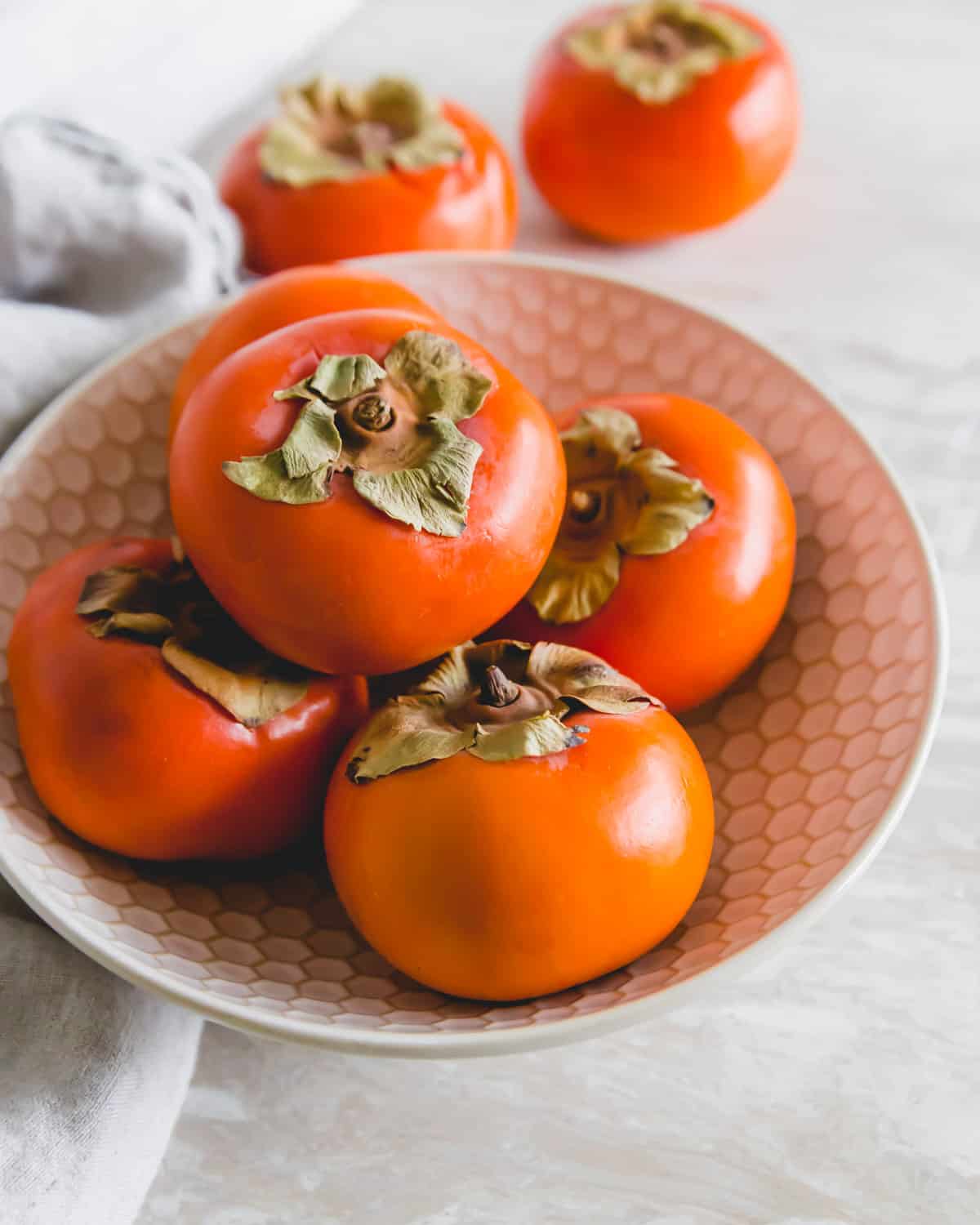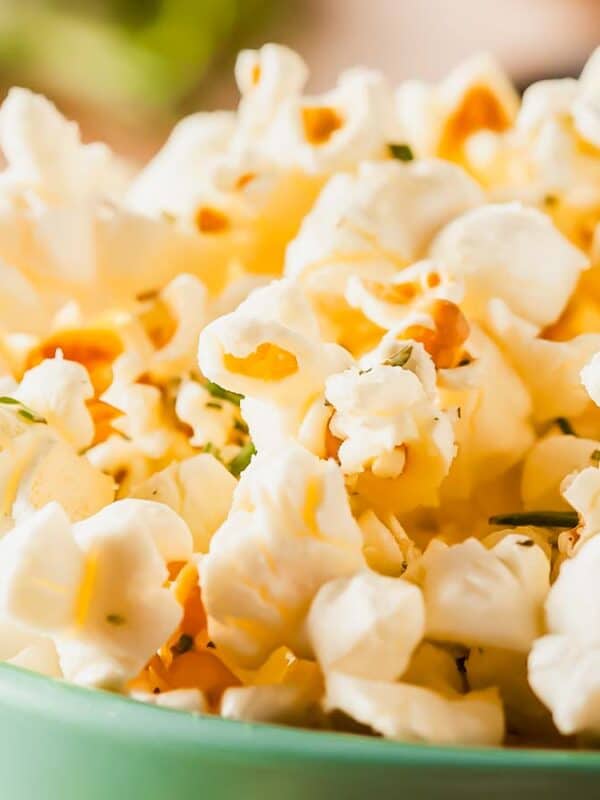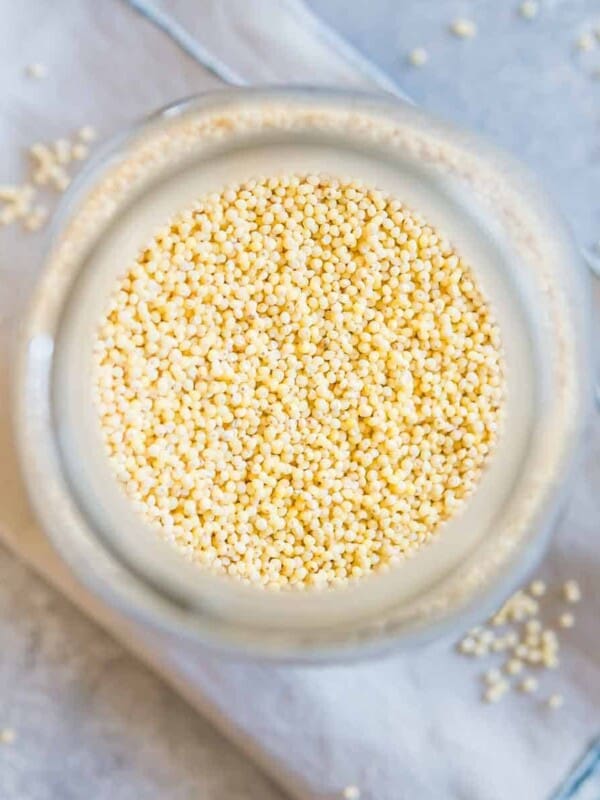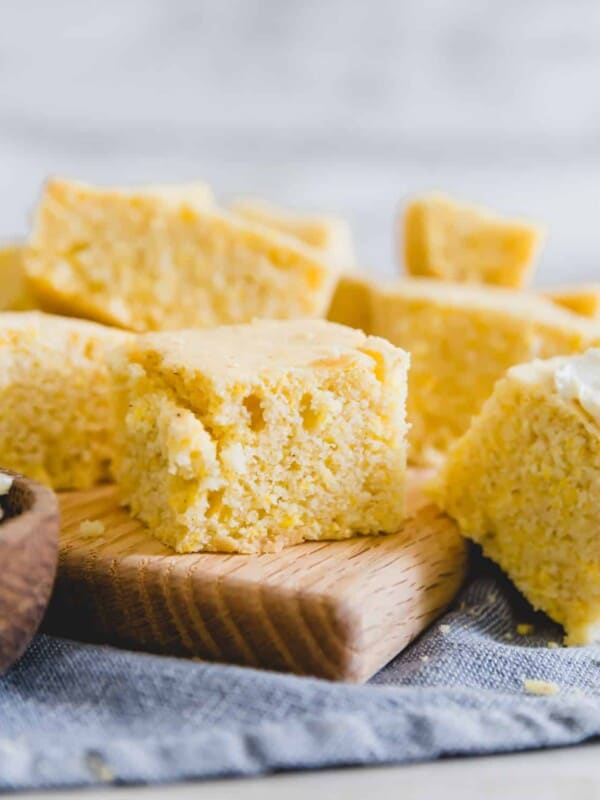Discover the crisp sweetness of winter fruits to buy in season this year. From juicy citrus bursts to the comforting embrace of pears. A seasonal delight awaits.

As the chill sets in, nature offers a bountiful array of winter fruits for us to enjoy. Winter brings a variety of fruits that are in season during the colder months.
Availability of fruits can vary depending on the region and local climate. Fruit harvested at their peak ripeness are bursting with flavor. Shopping at your local farmers market is the best way to get access to fresh, ripe winter fruit. At your local farmer’s market, you might want to check out their selection of winter squash while you’re there.
Which winter fruits to buy
From the tangy allure of citrus with its vibrant acidity to the comforting sweetness of winter pears, each fruit is different depending on where in the US it was grown.
Citrus fruits
Orange varieties like navel oranges and Valencia oranges are typically in season during the winter months. Navel oranges are seedless and easy to peel, while Valencia oranges are often juicier and great for making fresh orange juice. Choose your favorite orange variety and make a homemade version of this air fryer orange chicken.
Make this popular adrenal cocktail using fresh squeeze orange juice this winter!
“Oranges are my favorite nutritious winter fruit because of their high vitamin C content, antioxidants, fiber and natural sweetness. Oranges are a rich source of vitamin C, which is especially important for a healthy immune system and overall well-being during the winter months. They are primarily grown in Florida, Texas and California.”
— Wan Na Chun, MPH, RD, CPT, One Pot Wellness
Mandarin oranges are actually a category of small round citrus fruit. Under this category, you’ll find hybrids such as tangerines, clementines and tango. They’re so deliciously bright and festive in this citrus salad.
“I love Mandarin oranges. We buy 10-pound bags multiple times during their harvest season, which runs from November to January. We get them straight from the local orchards in Northern California, where a significant portion of Mandarins are grown. These delightful fruits are incredibly sweet and juicy, they are like eating candy only in fruit form.”
— Jere’ Cassidy, One Hot Oven

Clementines are small, easy-to-peel citrus fruits and are a type of mandarin orange. They are sweet, seedless and often enjoyed as a convenient snack during the winter season.
Chocolate covered oranges or clementines are an easy and delicious winter snack.
“What’s better than a sweet, juicy clementine? The fit-in-your-palm wintry fruit offers almost have of your daily needs for vitamin C, an antioxidant and friend to your immune health. Not only do kids and adults love their taste and easy-to-peel skin, but the fact that you can easily take them on the go during holiday trips and family outings..”
— Gaby McPherson MS, RDN, LDN, Gluten-Free Children
Grapefruit is another citrus fruit that grows well in the winter months. Ruby red, white and pink grapefruit varieties are abundant in winter. Grapefruits are known for their slightly tart and tangy flavor.
A grapefruit martini is a wonderful seasonal cocktail for winter.
“As the cold winter days are upon us, grapefruit takes the lead as my personal favorite. It’s high in vitamin C, making it a powerful antioxidant that helps your immune system fight off the treacherous cold and flu season. While it thrives in the citrus havens of Florida and Texas, the white grapefruit is exclusive to the sunshine state, offering a unique and invigorating performance for the taste buds.”
— Tiffany Lankford, MS, RD, LD
While lemons and limes are available year-round, they are still a common winter citrus fruit. Meyer lemons are a sweeter and less acidic variety and are particularly popular during the winter months. Limes can add a zesty and tangy flavor to dishes and beverages and are commonly used in winter cocktails and recipes.
Look for Meyer lemons and make this lemon carrot salad for a refreshing twist to salad.
“While it’s often associated with summer, my favorite winter fruit has to be a lemon. It has such a wide range of uses, from sauces, dressings and marinades to drinks and desserts. Living in California, they’re grown local to me, and they’re a great boost of vitamin C during the cold season.”
— Gen La Rocca, Two Cloves Kitchen
Pears
There are numerous varieties of pears, each with its own unique flavor, texture and color. Common winter pear varieties include Anjou, Bosc and Comice. Anjou pears are known for their sweet and juicy flesh, Bosc pears have a firmer texture and sweet-spicy flavor, and Comice pears are exceptionally sweet and juicy. Slice up a pear, and serve it with a glass of wine from your favorite Michigan winery.
Pears are easily overlooked but nothing is more cozy and delicious than a hot bowl of this spiced pear oatmeal for breakfast!
“Grown most commonly in the Northwest region of the U.S., pears are one of my favorite fruits to snack on when winter hits. A medium-sized pear packs 6 grams of fiber, which supports blood sugar balance. Pears also contain vitamin C, which aids cell growth and repair and promotes healthy immune function.”
— Catherine Karnatz, MPH, RD, Nutrition Education RD

Pomegranates
Pomegranates are typically in season from late fall through winter. They can easily add a burst of color and flavor to winter dishes and are considered one of the most delicious winter superfoods.
Enjoy the tart, fresh flavor of pomegranates in a savory combination with this pomegranate flank steak recipe. It’s so festive, it could be a holiday dinner!
“Pomegranates are one of my favorite winter fruits. Once I learned how to cut them properly, it made them even better. Pomegranates are a great source of antioxidants, protein, folate, vitamin C and fiber. Pomegranates also have anti-inflammatory properties and may offer heart protection. They are grown in California for 90 percent of the pomegranates are grown in the United States.”
— Amy Beney MS RD CDCES, Nutrition Insights PLLC
Kiwi
Kiwi, also known as kiwifruit or Chinese gooseberry, is a flavorful and nutritious fruit that is available during the winter months in the United States. The most common variety of kiwi found in stores is the fuzzy kiwi, known as Hayward. Use your favorite type of kiwi to make this delicious kiwi smoothie bowl.
Kiwis make a great salsa paired with plantain chips.

Persimmons
Certain varieties of persimmons, such as Fuyu and Hachiya, are available in winter. Fuyu persimmons can be eaten while still firm, while Hachiya persimmons are best when fully ripe and soft.
Persimmons might be our favorite of all the winter fruits. If you agree, try making persimmon jam this season and then using it in these almond persimmon pancakes. They also make a wonderfully festive winter salad.
It’s important to note that the availability of these fruits can vary depending on the specific region and the local climate conditions. Additionally, advancements in agriculture and transportation may make some fruits available year-round, although they might be at their peak freshness and flavor during the winter season.
This article originally appeared on Food Drink Life.

Lara Clevenger
Lara is a registered dietitian, nutritionist and personal trainer. She is also a photographer, recipe developer and creator of LaraClevenger.com. She shares easy recipes that are mostly low-carb, along with some bowling and travel adventures. Whether you’re cooking with an air fryer, Blackstone or Instant Pot, she has you covered with healthy recipes.










I love winter fruits and clementines, as persimmons are my favorite. We do find lots of citrus where we live, which is a blessing to go into my backyard and take a juicy orange. Thank you for your article, I will add a couple more fruits to my diet, such as pears which I never think of buying.